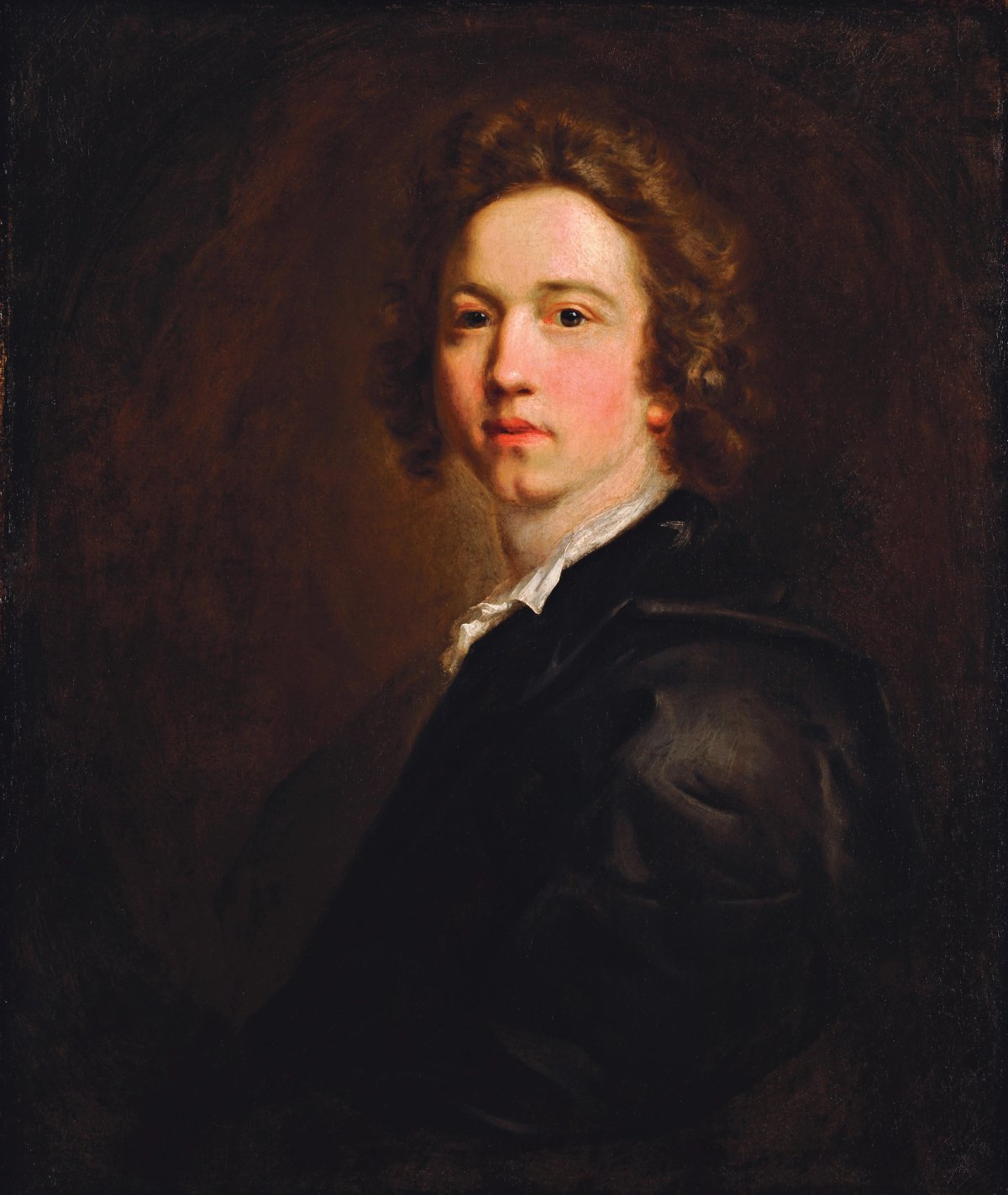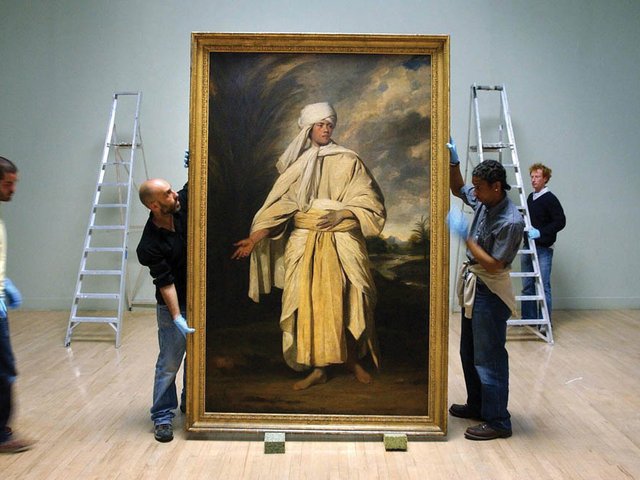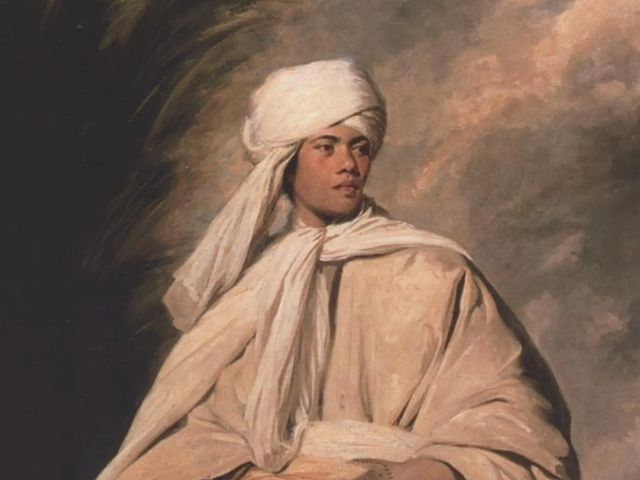Just how problematic is Joshua Reynolds? Doyen of the “grand style”, founding president of the Royal Academy of Arts, and preferred portraitist of the 18th century’s great and good, Reynolds (1723-92) has had plenty of critics over the years, not least the Pre-Raphaelite Brotherhood who called him “Sloshua” for his prescriptive manner and insistence on heroic style. But as the 300th anniversary of his birth rolls around, the time might be right for a more comprehensive reassessment and re-evaluation of this pioneering figure in British art.
The Box in Plymouth is one gallery that is taking on the challenge; it will be showing around 30 of Reynolds’s pictures, including a clutch of famous self-portraits on loan from the Tate, among them Self-Portrait When Young (1753-58) and Self-Portrait as a Deaf Man (around 1775). This element of self-inspection accords with the Box’s ability to posit Reynolds as a local boy: he was born and brought up in nearby Plympton, then a bustling port before the local river silted up.
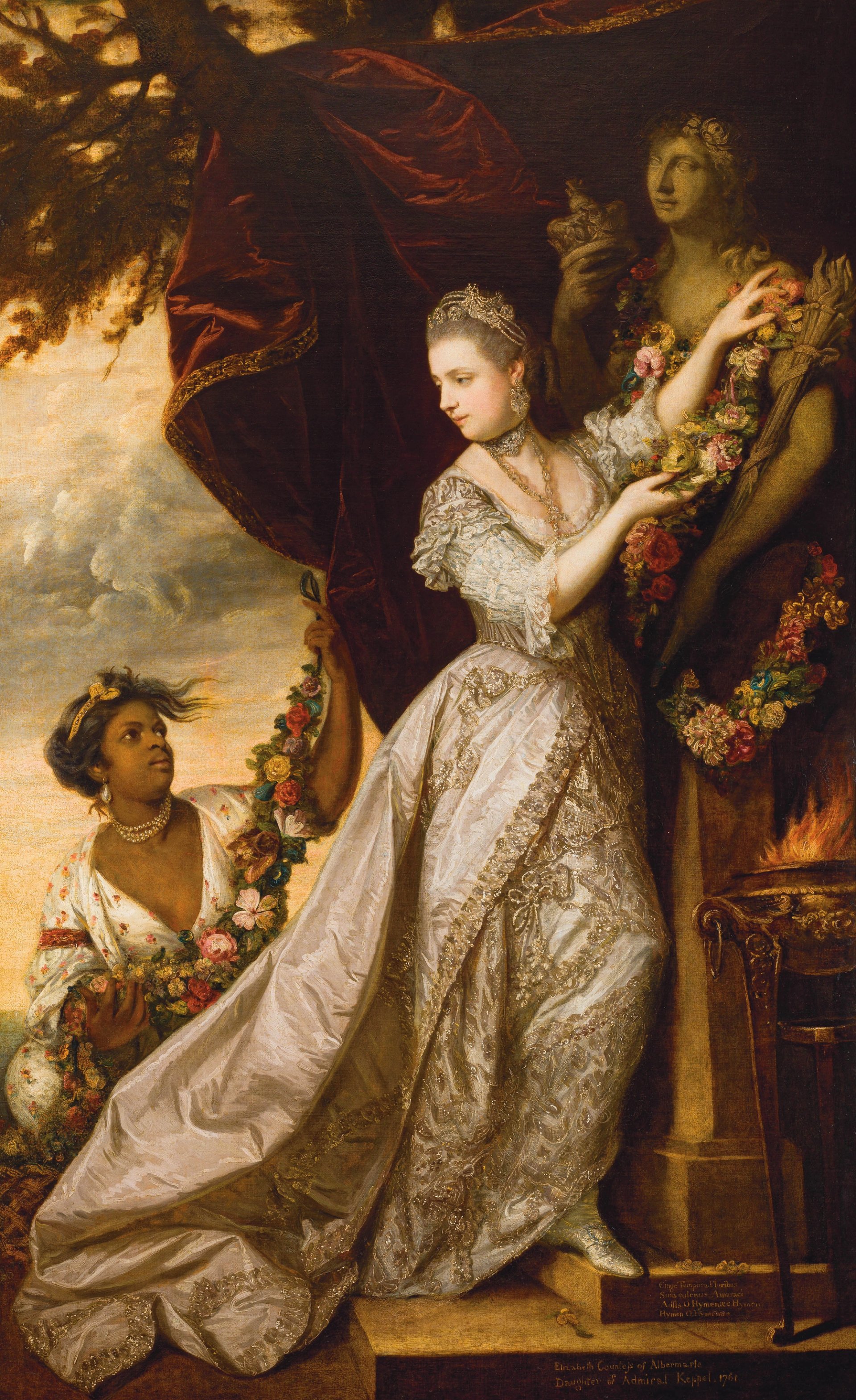
Reynolds’s Portrait of Lady Elizabeth Keppel as a Bridesmaid (1761) includes an unnamed, unrecorded woman of colour Duke of Bedford and Trustees of the Bedford Estates
The exhibition curator Terah Walkup says that Reynolds’s connections to the area are a source of “civic pride” that is an important element in the painter’s story; Walkup, however, is much more concerned with using the show as a vehicle to reinterpret and reposition Reynolds’ legacy—as the exhibition title Reframing Reynolds indicates. “We really want to think about the question of how is Reynolds relevant today,” she says. “We are looking at Reynolds through an intersectional decolonising lens. This is something that has really been needed for quite some time.”
“Reynolds is an artist who is painting people who are making decisions about hundreds of thousands of people around the world,” Walkup says. “We’re thinking about issues of identity and the legacies of empire and colonialism and slavery that we live with today.”

Portrait of Lord Peter Ludlow (1755) by Reynolds Woburn Abbey Collection
Reframing the artist would appear to be very much in the air: an exhibition of the same title featuring portraits of local landed gentry has already opened at Harewood House in Yorkshire (until 28 August), with which Walkup says the Box has an excellent collegiate relationship. Meanwhile, the National Portrait Gallery in London recently joined with California’s J. Paul Getty Museum to acquire Reynolds’s Portrait of Mai (Omai) (around 1776) for £50m, a celebrated picture that is believed to be of the first Polynesian man to visit Britain.
The Box will also be showing three works by Rana Begum created in response to Reynolds’ portraits; this, Walkup says, is designed to show “how contemporary art can open up different questions about our collections about Reynolds and about the past”.
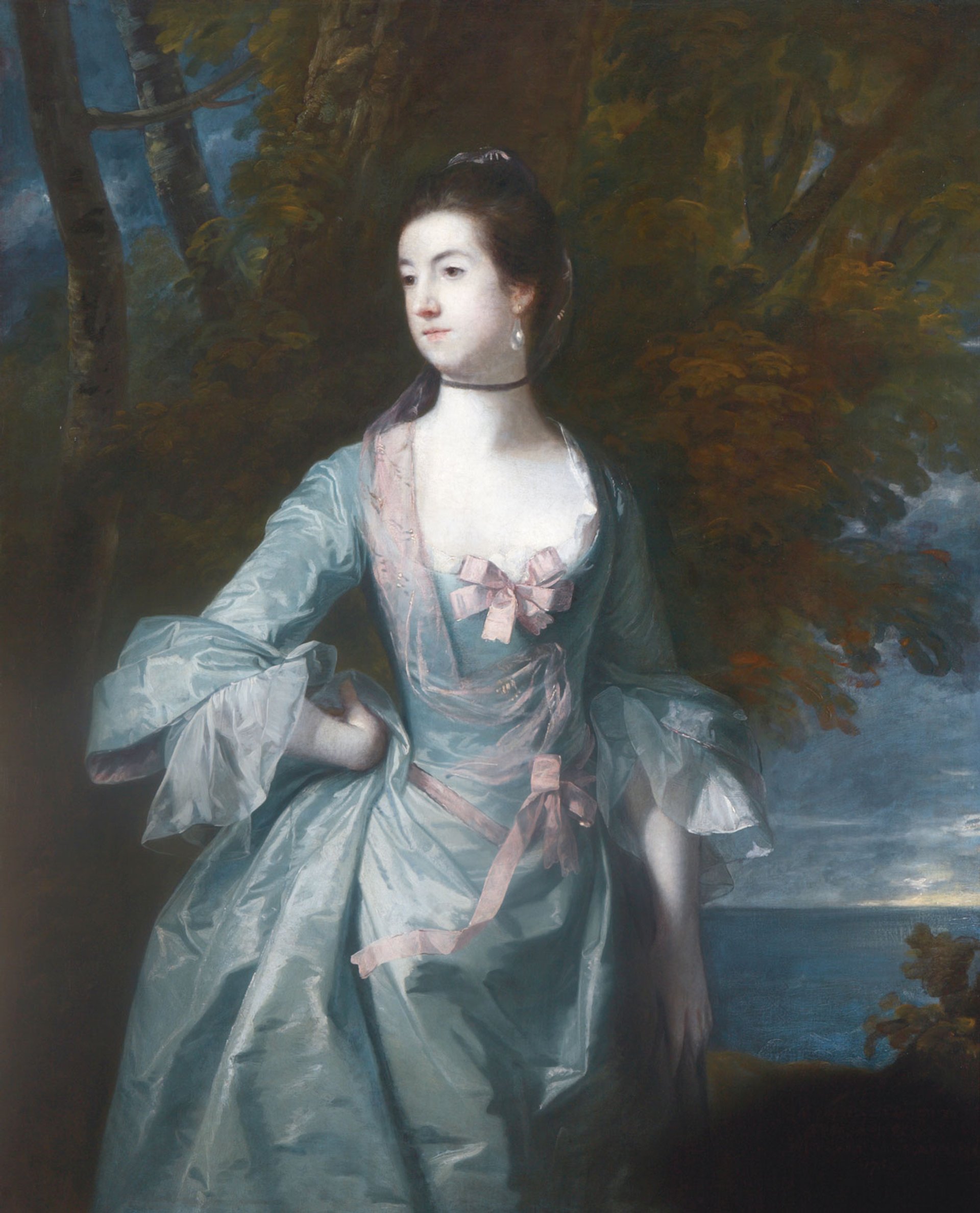
Reynolds's Portrait of Lady Ann Bonfoy (around 1754) © The Box, Plymouth
In terms of reinterpreting Reynolds’s own works, Walkup points to something like the colour of dresses he might paint: 18th-century viewers would understand the difference between light blue woad-dyed fabrics, and darker blue indigo. The former was a traditional locally sourced dye, while indigo came from India, the product of colonial trade. This, Walkup says, is one of the things that links “the people that are sitters in the portraits with what’s happening at this time, thinking about identity and how portraiture is power”.
Likewise, Walkup says the show intends to examine Reynolds “through a feminist lens”. This means highlighting the stories of the women who were key to his career—notably his sister Mary, who paid for his travels in Italy as a young man and who is represented in the Box’s show with Reynolds’s 1746 portrait of her. It also means re-examining some of his sitters: Walkup says she is particularly interested in the Tate’s 1761 portrait of Lady Janet Anstruther, a society beauty of supposed Roma ancestry, which has been loaned to the Box for the show. “It can allow us to have conversations about something that you might not expect to have a conversation about.”
• Reframing Reynolds: A Celebration, The Box, Plymouth, 24 June-29 October


